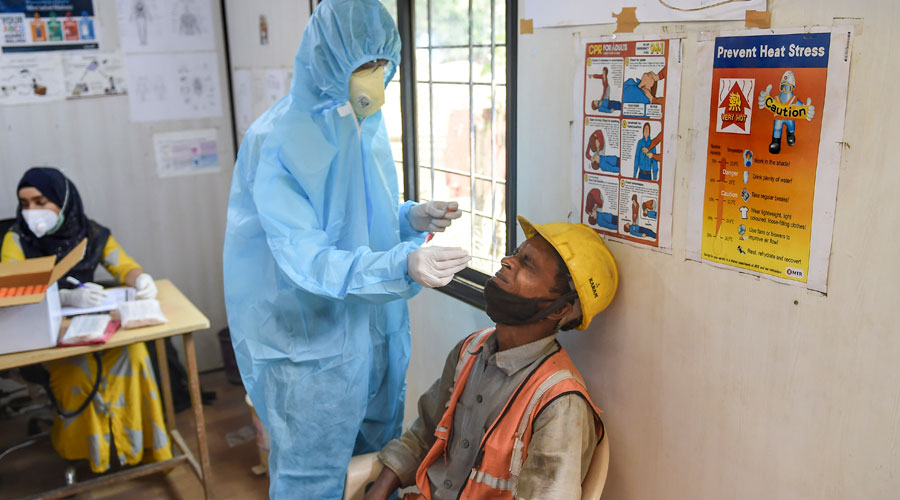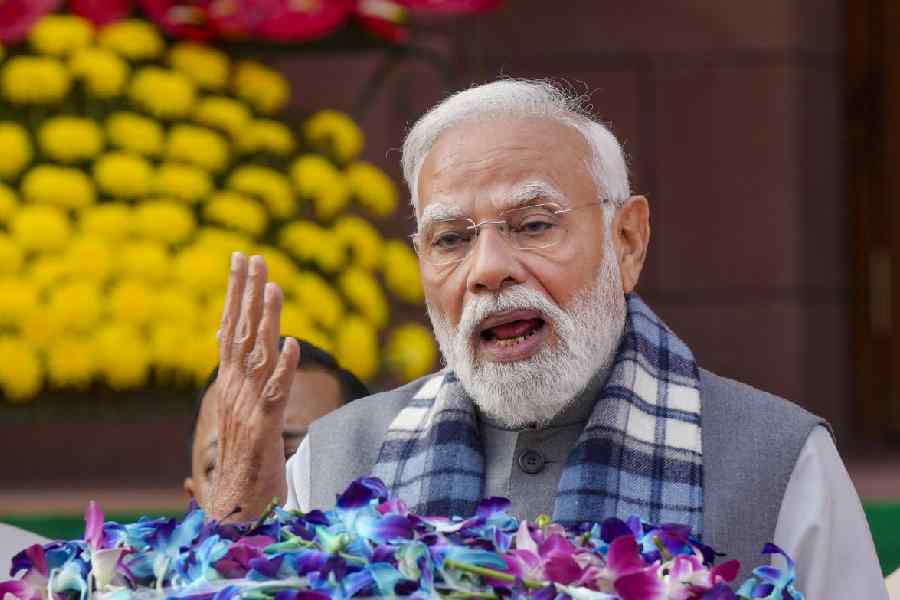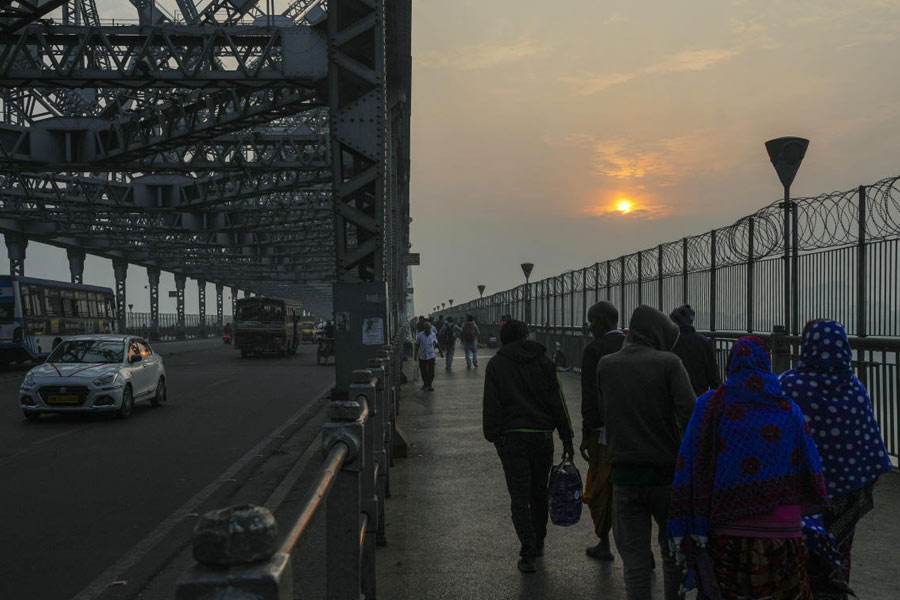India’s Covid-19 epidemic appears poised to rise into a “second wave” with growing counts in several states, but experts say only ground investigations into infection patterns and virus-linked lab tests can illuminate reasons for the growth.
The seven-day average of daily new cases has increased over the past two weeks in nine of India’s top 20 populated states, the sharpest rise in Maharashtra where counts have more than doubled — from roughly 2,300 on February 11 to 8,702 on February 24.
Bengal’s average daily counts over that period increased from 177 to 189. Madhya Pradesh, Gujarat, Telangana, Punjab, Haryana, Delhi and Jammu and Kashmir also show varying levels of rising counts.
Those increases have pulled up India’s average daily counts from about 11,000 two weeks ago to 16,700 on Thursday and puzzled some experts who expected India’s epidemic to continue shrinking as it has since its mid-September peak with over 93,000 daily cases.
“Something is obviously happening, but we still need to understand what’s going on,” said Jayaprakash Muliyil, former head community medicine at the Christian Medical College, Vellore, and member of an Indian Council of Medical Research expert group on Covid-19 epidemiology and surveillance.
The rise is puzzling because surveys have suggested that large fractions of India’s population — 25 per cent nationwide and up to 50 per cent in some large cities — have already been infected by Covid-19 and would be expected to be protected from the virus.
Experts say the current growth could be due to either of two mechanisms — as people let down their guard, the virus is exploiting fresh opportunities to spread among pools of susceptible people, or new variants have emerged as they did in South Africa and the UK.
“Is this a second wave? I would wait and watch,” said T. Jacob John, former head of clinical virology at the Christian Medical College, Vellore. “I think a nationwide wave is too strong a word for now. We still see declines in many states.”
The epidemic has over the past two weeks continued to shrink in Uttar Pradesh, the most populated state, with average daily new cases declining from 135 on February 11 to 98 on February 24. Average daily new cases have also declined in Bihar (238 to 70), Tamil Nadu (477 to 450) and Karnataka (412 to 404).
“Wherever the epidemic is growing, we need to know who exactly is getting infected,” Muliyil said. “This is easily done through doing antibody tests on newly infected people. If we find people with antibodies against Covid-19 testing positive again, we may have a new variant to worry about. If we don’t find antibodies, we’ll know the virus is spreading among still susceptible people.”
Experts view the surge in Maharashtra as most puzzling because the state has consistently accounted for the largest number of Covid-19 infections in the country and should have thus had the largest pool of protected people.
“We have no documented case yet of infections in people already infected by Covid-19 — we need more investigations and virological surveillance,” said Subhash Salunke, a community medicine specialist and adviser to the Maharashtra government.
Preliminary assessments have suggested that public complacency with personal precautions against Covid-19 or poor public health responses have driven the recent upsurge in Maharashtra and not any unusual mutant coronavirus strains, a senior Indian Council of Medical Research official said.
Health officials say whatever the reasons for the surge, the solutions remain proven public health measures such as aggressive testing, rapid isolation of positive cases, quarantining of contacts, and personal protection measures such as masks, hand-washing and avoiding crowds.
Some scientists have pointed to the observations of point mutations — such as one designated as E484K — in coronavirus variants isolated in India and underlined the need for studies to understand whether they are influencing patterns of infections.










